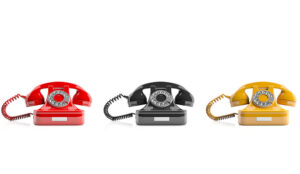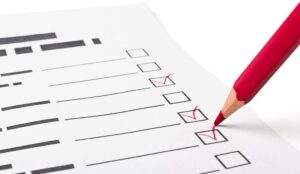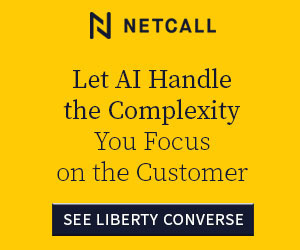Dialler Strategy
When considering your dialler strategy there are two elements that should be your main concern. The first is around your outbound list and list management and the second is deciding on the type of dialling technology that you will be using.
The type of outbound work you will be conducting and the size of your list will determine how many agents you will need. Do you have sufficient data to accommodate the agents’ time, and what life time expectancy is needed from the list itself? For example, what data penetration and list utilisation is required from the outbound strategy?
As part of your dialler management, you will need to ensure that the data and dialler strategy is aligned to your business objectives and desired productivity and results.
The following then needs to be managed before any dialling can take place:
- Data Management and Database Administration – Take ownership of the management, profiling, modelling and processing of data to ensure that the dialler and campaign/results reach full optimisation.
- Management Information – Through in-depth analytics, compile accurate and up-to-date Management Information detailing data utilisation and dialler performance in relation to campaign and results. This MI should be the key director of ongoing development of the data and dialler strategy.
- Dialler Management – Ensure that dialler performance is optimised to its full potential with regard to data usage and the agents you have assigned to this campaign.
- OFCOM Compliance – ensure that all dialler activity adheres to the latest OFCOM regulations.
There are then three types of dialling modes that you can select from, dependent on your budget, the technology available to you, your outbound objectives and the availability of data.
Auto-Dialling
The first is auto-dialling, which can be configured to automate dialling of the next telephone number. There is no need for a pre-planned dialling strategy to be in place but this solution is more aligned to B2B calling environments where there is a high answer rate and more call planning is usually required.
Power Dialling
The second is power dialling, which is similar to predictive dialling as it will dial multiple telephone numbers within a campaign and seamlessly pass live calls to an available agent. This type of dialling strategy is usually adopted by companies who are entering into outbound for the first time and do not have the capital to invest in a predictive dialling solution and/or do not want to go down the route of a hosted dialler.
Inevitably, with both the auto and power dialling, all numbers dialled are passed to an agent, including dead lines and answer machines which can have a negative impact on agent productivity.
Predictive Dialling
The above limitation is eliminated with a predictive dialling solution, which can be configured to begin dialling whilst agents are engaged on another call. The predictive dialler will estimate the agent’s average talk time and pre-dials the next call to reduce the time between the agent’s calls. With predictive dialling, the dialler management team would need to take into consideration abandoned calls and delivering the right amount of wait time through the provision of connected calls to the agent.
A predictive dialling solution will enable you to quickly cycle through outbound call lists; this highlights the importance of getting your data right and aligning your call list strategy with your dialling strategy.
More reading
- Reference Guide article discussing Types of diallers
Contributors
Carl Adkins, Managing Director at Infinity CCS
Author: Jonty Pearce
Published On: 14th Mar 2010 - Last modified: 15th Aug 2025
Read more about - Customer Service Strategy, Carl Adkins, Dialler, Infinity CCS, Outbound, Service Strategy, Utilisation















